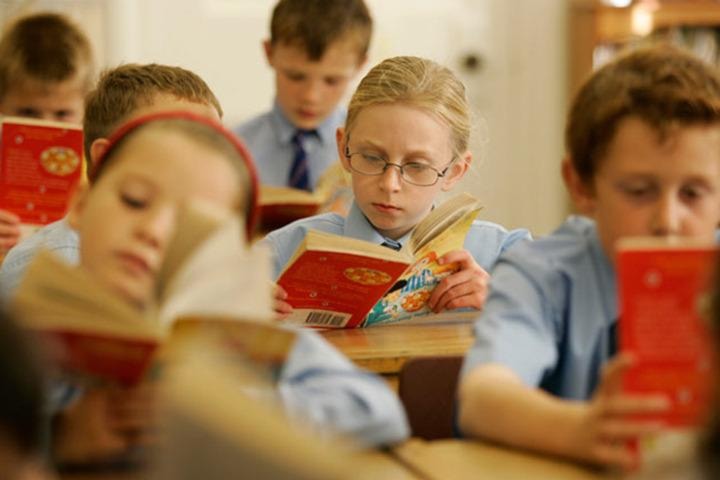The province's first blended learning program will build upon its initial success when the city's former high school opens its doors to elementary school students this fall.
Rossland's secondary school (RSS) hosted the pilot program of blended learning offered for the first time anywhere in the province last year, and principal Karen Lavender said a version of the program will continue with kindergarten to Grade 9 students this year, after the school district decided to move the three senior grades down the hill to Trail.
That version will be constructed around inquiry based learning, said Lavender, which is a key part of blended learning.
“(Inquiry based learning) will take place ... in Rossland, it just won't be the full meal deal of what was at RSS last year,” she said. “I don't think there will ever be a move to full on blended learning like the senior grades had because of the age of the students.”
It's not really age appropriate to have 14-year-old completely independent in their learning, said Lavender. Last year RSS's grade 6-9s were already learning the rudiments of the new philosophy to get them prepared for their more senior years, so the concept won't be foreign.
Children will continue to work with a blended learning model from the perspective of their age group and move in the direction of the B.C. Education Plan, Lavender explained.
Blended learning is really about personalized learning, which every kindergarten teacher does anyway, she said. It takes what children are doing and allows them to learn in more than one way.
Last year for senior students at RSS teachers put courses online and then they could work one-on-one with teachers through the development of that course, or tailor the course and really make it their own, Lavender said.
“So obviously you can't really do that with Grade 1 or Grade 2 kids,” she said. “But you can certainly have those kids learning some things online, which they already do.”
In its first full year of implementation, blended learning was deemed an unqualified success. Based on provincial results from standardized exams, final exam results for the three senior school grades came back at the same level as in past.
“What that says to me is our kids were given nothing less than what they had been given before, and if we were able to manage that result in our first year then the potential is obviously pretty big because the learning we had to do as staff will continue,” she said.
Blended learning took place for the 130 grade 10-12 students of RSS, giving people a sneak peek at what the future of education would be like in the province.
In blended learning, students learn the skills to create long and short term goals, organize their schedules to meet their learning needs, reach out beyond the school walls into the community, collaborate with peers, teachers, parents and community members, and take on leadership roles.
The educational model aligned with the goals of the province's BC Education Plan and was based on current research in the field of education, said Lavender.
On a typical school day students found out where they needed to go with an online Google calendar. The students also found out where a teacher would be throughout the day to get help on their work.
The program used a platform called Moodle, a free, open-source PHP web application for producing modular internet-based courses supporting social media in the holistic science of education.
"This wasn't online learning, it was a place to put the course," said former RSS vice principal Mike Vanness in an earlier interview on the program. "Some of the assignments might be on there, but it is more of a guide."
Students logged on for goals and outcomes, how to meet their learning goals, and checked for assignments, most of which they did together with other classmates.
There are times when a whole class was called together, but there were other times when it made more sense for them to just be working in a research lab—with students able to access their teachers at any time. Course offerings remain the same as in the past, with scheduled seminars rotating through resource areas.
editor@rosslandnews.com
